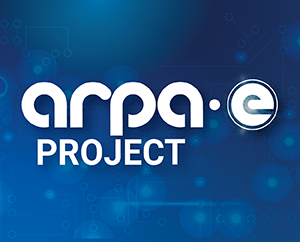In-Flight Aviation Testbed Platform for ARPA-E Programs in Power Electronics, Motors, and Power Generation

Technology Description:
Ampaire Inc. will provide a dedicated testbed aircraft that ARPA-E projects can use to deploy and test their technologies at high altitude (up to 6km) in actual flight environments. Ampaire’s dedicated, custom-built, 337 Electric EEL is a converted Cessna 337, the largest aircraft ever to fly using plug-in hybrid electric propulsion. The excess space and flight test payload capacity enable the addition of test circuits without compromising the plane’s performance. Teams can test new power distribution systems, high-power electronics, inverters, motors, propellers, ducted fans, batteries, fuel cells, and high-efficiency combustion engines either directly or as a generator. Measurements taken during flight will include temperature performance, electro-magnetic interference abatement/compliance, and safe equipment operation at altitude. Ampaire will enable installation and ground tests of components before flight to ensure proper fit and functionality. The aircraft will provide ARPA-E teams the flight operation hours needed to validate their technology, overcoming a significant barrier to entry for technologies in aviation applications.
Potential Impact:
If successful, CIRCUITS projects will enable further development of a new class of power converters for aviation applications.
Security:
More robust power electronics that withstand higher operating temperatures have increased durability, a smaller form factor, and higher efficiency that will significantly improve the reliability for aviation applications.
Environment:
Low cost and highly efficient power electronics could lead to higher performance and more affordable electric and hybrid-electric aviation reducing transportation related emissions.
Economy:
High performance, low cost power electronics would enable more affordable electric and hybrid-electric aviation with reduced fuel costs, longer maintenance intervals, and increased reliability, ultimately reducing transportation costs for businesses and their customers.
